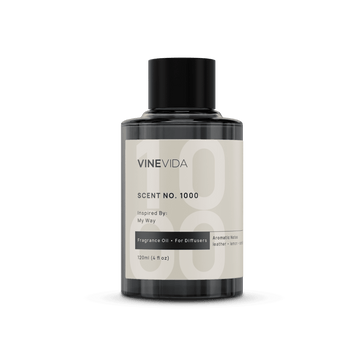This week, we talked about essential oils for psoriasis and myrrh essential oil plays an enormous part in healing the skin. In my opinion, myrrh may be one of the most underappreciated essential oils there is. Everyone raves over frankincense, and rightly so, but I hardly ever hear anyone speak about myrrh. That must be a relatively new thing because the ancients loved it. It appears in the Bible more times than any other plant.
The Bitter Taste of Myrrh

The phrase “The bitter taste of myrrh” comes about because the resin oozes from the bark of the tree, and then hardens over time. For those lucky enough to have it close by, as it hardens it becomes chewy, and is used in traditional African medicine as a chewing gum to freshen breath and prevent tooth infections and decay.
Myrrh has a delicious balsamic sweetness to it. A grounding base note that seems arcane. So thick, the tree makes it to repair the gash that has been made and to protect it against insect attack. This informs the greatest attribute of myrrh, how it repairs, protects, seals, and guards against infection (Orchard, 2018)
Myrrh Essential Oil For Skin Healing
It is not just a skin healer, it is a skin knitter, tying together pieces of flesh that have undergone terrible injury.
Myrrh was probably the first oil that impressed me.
As a child, I was a talented ballet dancer before I discovered Mars Bars and Boys. I loved it and didn’t notice how damaged my body got. My poor old toes from my pointe shoes. If you don’t know, blocks were made of hard cardboard back in the day, and of course, there is an edge where the cardboard stopped. This rubbed awfully, and my toes would bleed continually from these blisters. On one occasion, the dye ran out of my navy blue suede school shoes into a blister and poisoned my foot. The injuries were sincerely bad news.
Then mom made a marigold and myrrh cream.
She sold it in small pots as hand cream, but there was always an enormous Kenwood Chef mixer bowl full in our bathroom, replete with a wooden spoon. This was my cauldron of foot care!
It was astonishing to see the difference in my feet. The damage would still happen, of course, but by the next class, the skin had healed. No more pain, no more infections. Very powerful stuff.
Use it on any skin that is prone to cracks and abrasions. Even today, we use it in our house after pruning the roses.
Myrrh Essential Oil and Discoloration
I have never seen this written anywhere. I learned it from observing my mom, Jill Bruce. I grew up in a very cosmopolitan area with many Indian and Jamaican women. They would often come and see mom about pigmentation issues on their face, especially dark spots. She always used myrrh to excellent effect and it helped to balance the dark patches out...
Myrrh Essential Oil as A Decongestant
It’s the stuff of Heaven if you have a blocked-up nose or a chesty cough. Somehow, it liquefies gunk. Even just a small amount rubbed over the sinuses will have them streaming in seconds. A word to the wise though, although myrrh is perfectly safe to use on kids, I wouldn’t advise it for this.
It’s too efficient. The nose pours. It drips down their throat and then they get no sleep because it starts them coughing. Frankincense will always be better for little one’s coughs and colds.
In the same way, use it on the chest for phlegmy coughs.
Myrrh Essential Oil for Menstrual Issues
Vaginal steaming and smoking are just starting to get recognized in the West, but it has always played an important part in African medicines. There, myrrh resin is used as a means of cleaning the womb after menstruation, and after childbirth to return the uterus to good condition and also to heal women who have undergone sexual torture and rape. It is a powerfully intimate medicine.
That said, I don’t find the essential oil as good as using herbs to steam, or resins to smoke.
The essential oil is best used in the bath, or in massage oils to be used externally on the pelvis or back.
Myrrh is a uterine tonic. It is super for supporting healthy menstrual function and to aid trauma (whether that be to the perineum or the psyche) after birth.
It is this uterine action that makes it inadvisable for a pregnancy choice. Safety says not before 37 weeks, but it is best left until full labor is confirmed, and perhaps not even then, since oils like clary sage and rose have a better action at this time.
Myrrh in Breast Feeding
Strictly speaking, myrrh is safe during breastfeeding and would be an amazing choice for cracked nipples. However, don’t forget its taste. It’s not a great plan to encourage a baby to like your boob!
Even if you were able to coordinate space between applying a myrrh cream and feeding, know that essential oils do pass into breast milk and your baby will potentially still be able to taste it.
Here’s what Natalie has to say about blending myrrh.
Conclusion
Myrrh oil is a safe and easy oil to use in dilutions up to 3%. It is best not used in pregnancy or breastfeeding unless it is to heal some kind of intimate trauma or tear.














